Seeing The Photos From Webb Up Against Photos From Hubble Just Makes Me… I Don’t Even Know Like,
seeing the photos from Webb up against photos from Hubble just makes me… I don’t even know like, wow! Look at that!








More Posts from Primordialbitch and Others

shit man this got me emotional
Hubble fortuitously discovers a new galaxy in the cosmic neighborhood
Astronomers using the NASA/ESA Hubble Space Telescope to study some of the oldest and faintest stars in the globular cluster NGC 6752 have made an unexpected finding. They discovered a dwarf galaxy in our cosmic backyard, only 30 million light-years away. The finding is reported in the journal Monthly Notices of the Royal Astronomical Society: Letters.

An international team of astronomers recently used the NASA/ESA Hubble Space Telescope to study white dwarf stars within the globular cluster NGC 6752. The aim of their observations was to use these stars to measure the age of the globular cluster, but in the process they made an unexpected discovery.
Keep reading
Black Holes are NICER Than You Think!
We’re learning more every day about black holes thanks to one of the instruments aboard the International Space Station! Our Neutron star Interior Composition Explorer (NICER) instrument is keeping an eye on some of the most mysterious cosmic phenomena.

We’re going to talk about some of the amazing new things NICER is showing us about black holes. But first, let’s talk about black holes — how do they work, and where do they come from? There are two important types of black holes we’ll talk about here: stellar and supermassive. Stellar mass black holes are three to dozens of times as massive as our Sun while supermassive black holes can be billions of times as massive!

Stellar black holes begin with a bang — literally! They are one of the possible objects left over after a large star dies in a supernova explosion. Scientists think there are as many as a billion stellar mass black holes in our Milky Way galaxy alone!
Supermassive black holes have remained rather mysterious in comparison. Data suggest that supermassive black holes could be created when multiple black holes merge and make a bigger one. Or that these black holes formed during the early stages of galaxy formation, born when massive clouds of gas collapsed billions of years ago. There is very strong evidence that a supermassive black hole lies at the center of all large galaxies, as in our Milky Way.

Imagine an object 10 times more massive than the Sun squeezed into a sphere approximately the diameter of New York City — or cramming a billion trillion people into a car! These two examples give a sense of how incredibly compact and dense black holes can be.
Because so much stuff is squished into such a relatively small volume, a black hole’s gravity is strong enough that nothing — not even light — can escape from it. But if light can’t escape a dark fate when it encounters a black hole, how can we “see” black holes?

Scientists can’t observe black holes directly, because light can’t escape to bring us information about what’s going on inside them. Instead, they detect the presence of black holes indirectly — by looking for their effects on the cosmic objects around them. We see stars orbiting something massive but invisible to our telescopes, or even disappearing entirely!
When a star approaches a black hole’s event horizon — the point of no return — it’s torn apart. A technical term for this is “spaghettification” — we’re not kidding! Cosmic objects that go through the process of spaghettification become vertically stretched and horizontally compressed into thin, long shapes like noodles.

Scientists can also look for accretion disks when searching for black holes. These disks are relatively flat sheets of gas and dust that surround a cosmic object such as a star or black hole. The material in the disk swirls around and around, until it falls into the black hole. And because of the friction created by the constant movement, the material becomes super hot and emits light, including X-rays.
At last — light! Different wavelengths of light coming from accretion disks are something we can see with our instruments. This reveals important information about black holes, even though we can’t see them directly.

So what has NICER helped us learn about black holes? One of the objects this instrument has studied during its time aboard the International Space Station is the ever-so-forgettably-named black hole GRS 1915+105, which lies nearly 36,000 light-years — or 200 million billion miles — away, in the direction of the constellation Aquila.
Scientists have found disk winds — fast streams of gas created by heat or pressure — near this black hole. Disk winds are pretty peculiar, and we still have a lot of questions about them. Where do they come from? And do they change the shape of the accretion disk?

It’s been difficult to answer these questions, but NICER is more sensitive than previous missions designed to return similar science data. Plus NICER often looks at GRS 1915+105 so it can see changes over time.
NICER’s observations of GRS 1915+105 have provided astronomers a prime example of disk wind patterns, allowing scientists to construct models that can help us better understand how accretion disks and their outflows around black holes work.

NICER has also collected data on a stellar mass black hole with another long name — MAXI J1535-571 (we can call it J1535 for short) — adding to information provided by NuSTAR, Chandra, and MAXI. Even though these are all X-ray detectors, their observations tell us something slightly different about J1535, complementing each other’s data!
This rapidly spinning black hole is part of a binary system, slurping material off its partner, a star. A thin halo of hot gas above the disk illuminates the accretion disk and causes it to glow in X-ray light, which reveals still more information about the shape, temperature, and even the chemical content of the disk. And it turns out that J1535’s disk may be warped!

Image courtesy of NRAO/AUI and Artist: John Kagaya (Hoshi No Techou)
This isn’t the first time we have seen evidence for a warped disk, but J1535’s disk can help us learn more about stellar black holes in binary systems, such as how they feed off their companions and how the accretion disks around black holes are structured.
NICER primarily studies neutron stars — it’s in the name! These are lighter-weight relatives of black holes that can be formed when stars explode. But NICER is also changing what we know about many types of X-ray sources. Thanks to NICER’s efforts, we are one step closer to a complete picture of black holes. And hey, that’s pretty nice!
Make sure to follow us on Tumblr for your regular dose of space: http://nasa.tumblr.com.

Motion is Curved and All Curvature is Spiral" - Walter Russell
This astrophysicist is unlocking the secrets of dark matter
by Daryle Lockhart
Nico Cappelluti is an assistant professor in the Physics Department and an astrophysicist at the University of Miami. As such, he studies the sky. He is most intrigued by the cosmic phenomena of supermassive black holes, the nature of dark matter, and the very bright light source found at the center of many galaxies - active galactic nuclei.

Recently, Cappelluti published findings in The Astrophysical Journal entitled, “Searching for the 3.5 keV line in the deep fields with Chandra: the 10 MS observations”. His findings could give insight into a subject astrophysicists have been investigating for decades: What is dark matter and where does it come from?
Keep reading

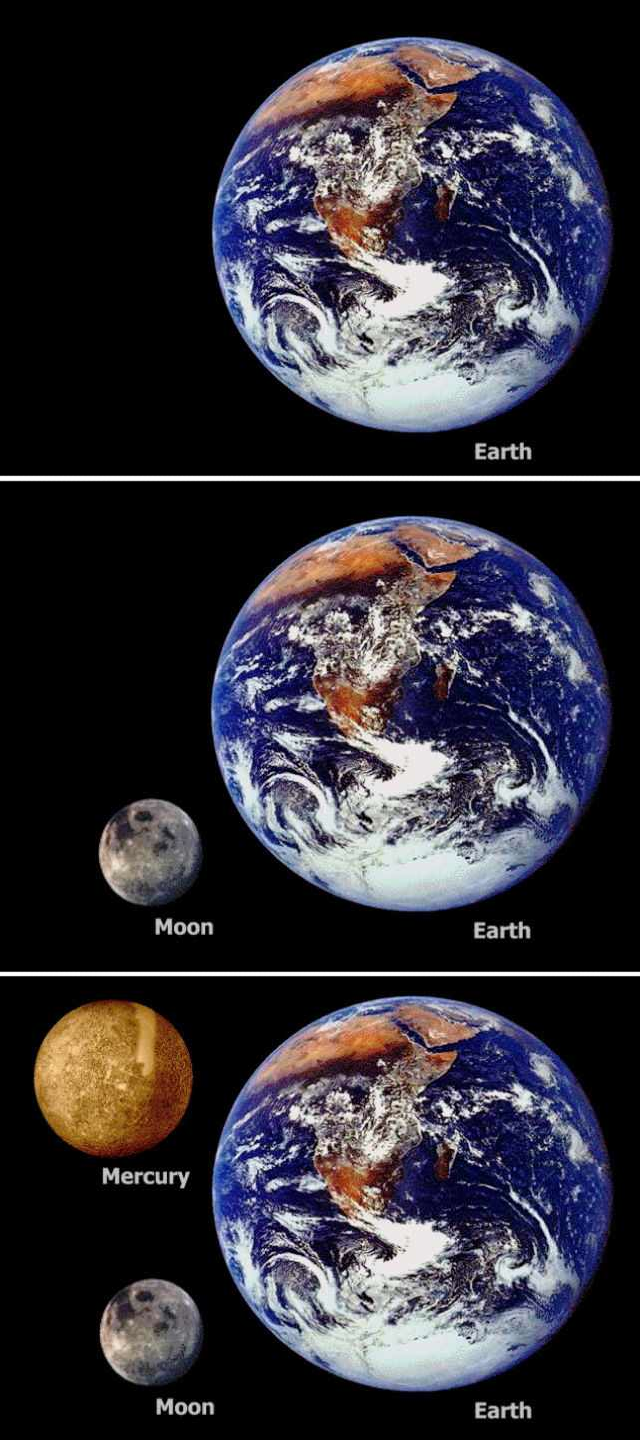
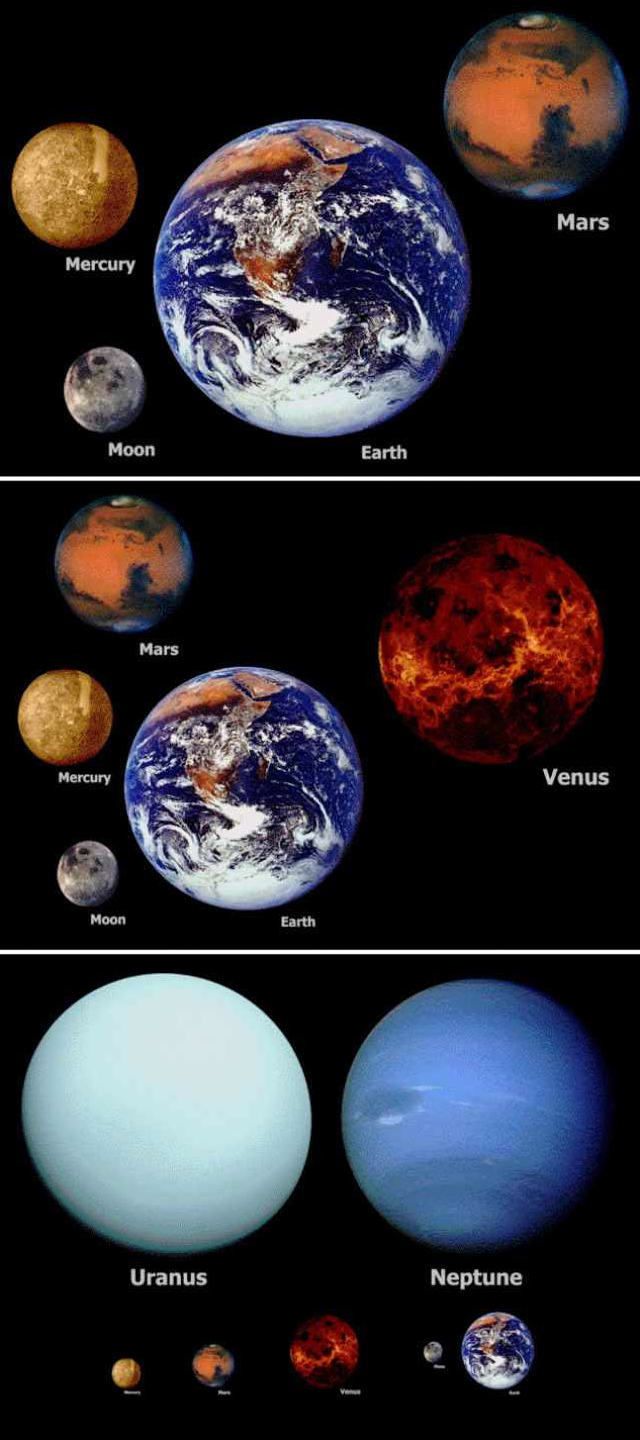
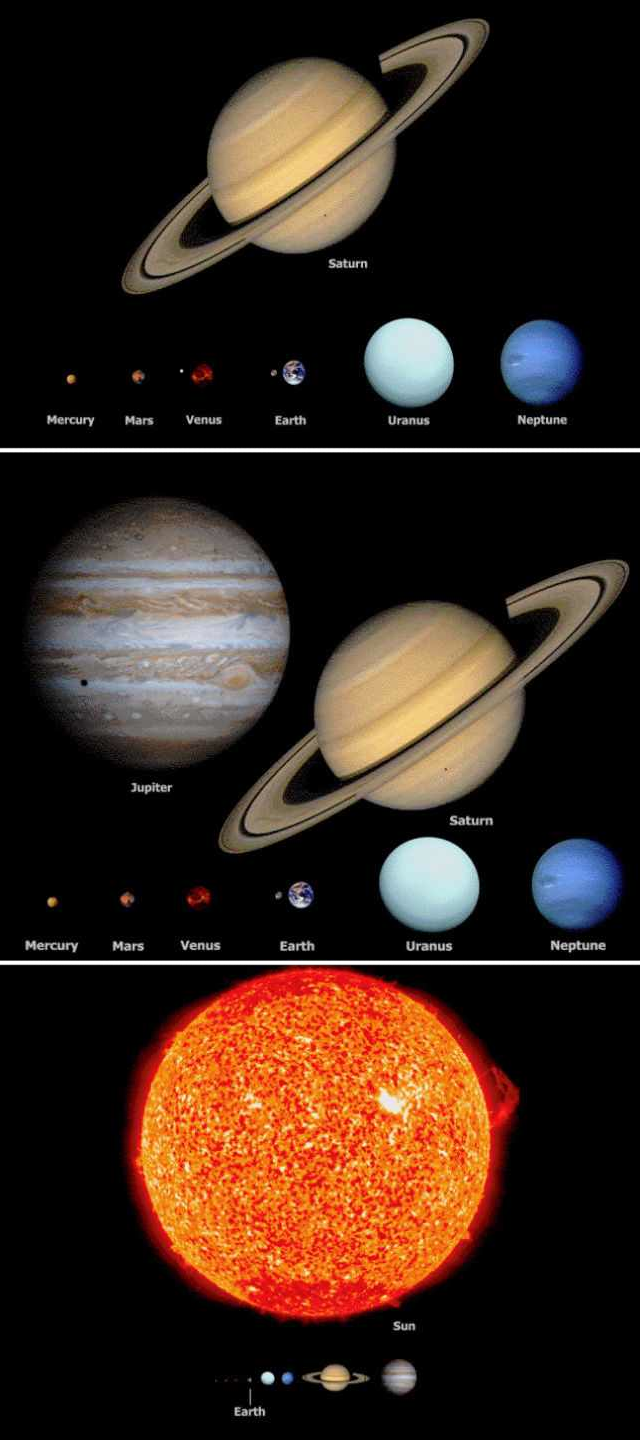
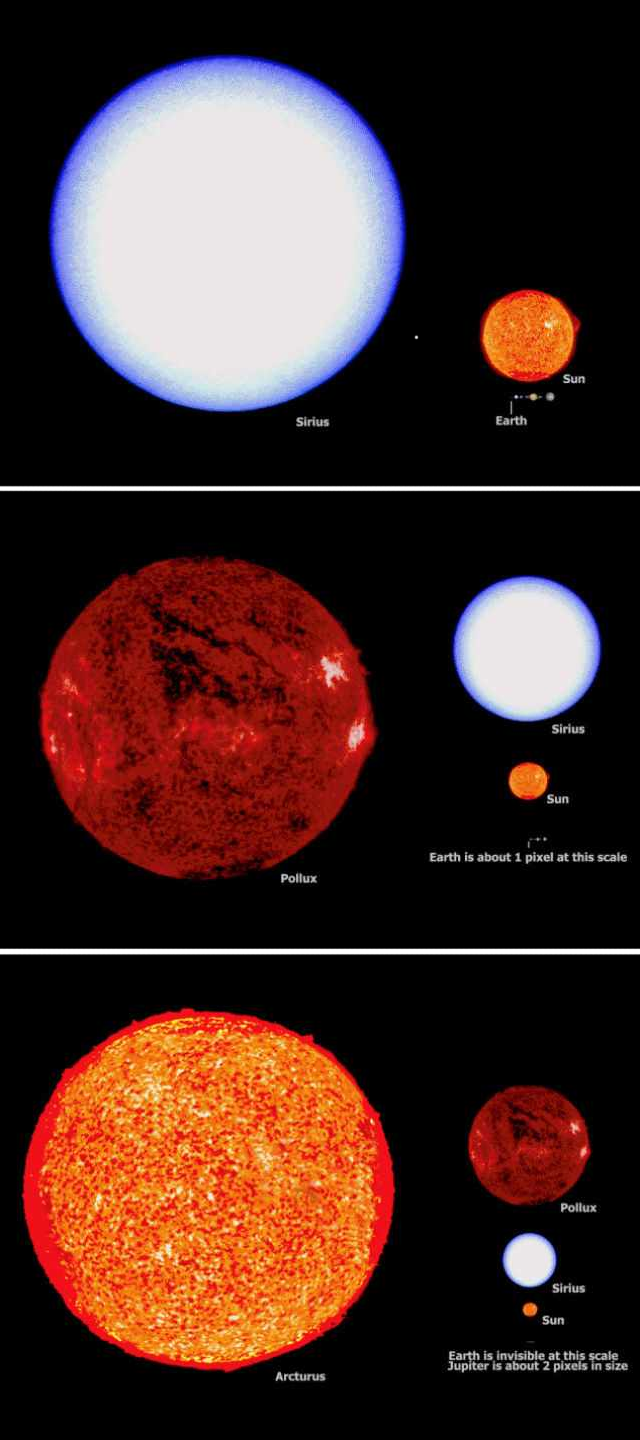



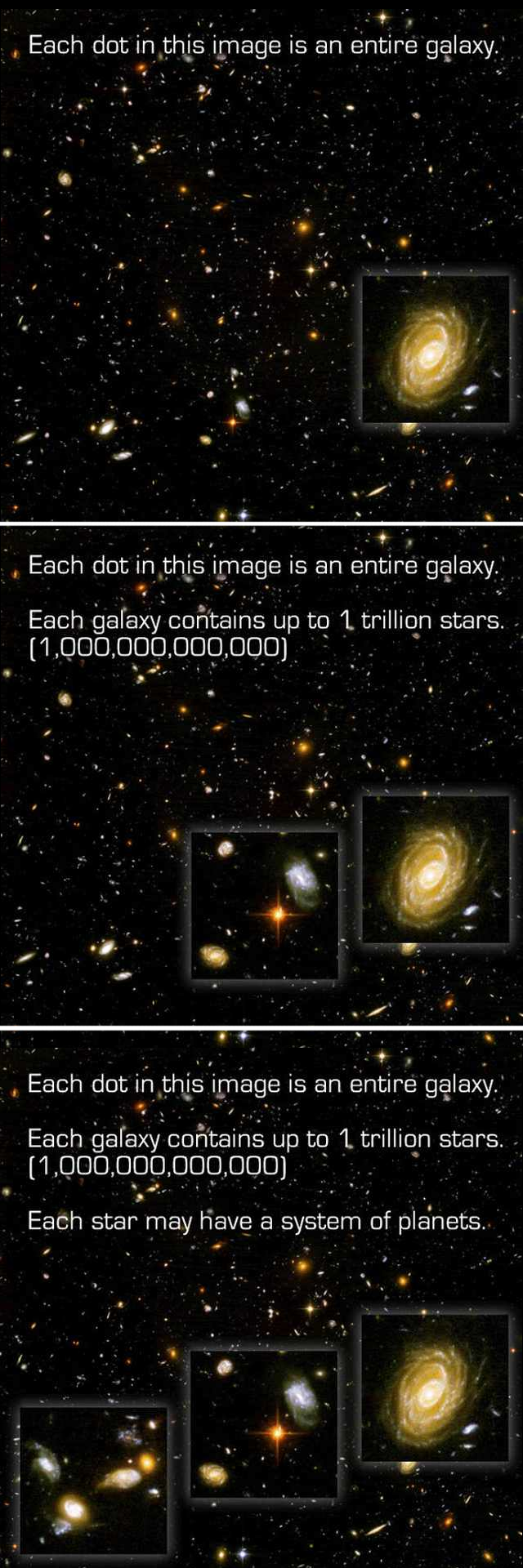

How do blackholes form and how do they move ?
TRAILER: “FANTASTIC PLANET” (1973)
Also known as “la Planète sauvage”, this film is an animated story that follows the relationship between the small human-like Oms and their blue-skinned oppressors, the Draags, who rule the planet of Ygam. While the Draags have long kept Oms as illiterate pets, this hierarchy shifts after an Om boy becomes educated, thanks to a young female Draag. This leads to an Om rebellion, which weakens the Draag control over their race. Will the Oms and the Draags find a way to coexist? Or will they destroy each other?
Could invisible aliens really exist among us? An astrobiologist explains
by Samantha Rolfe

They probably won’t look anything like this. Martina Badini/Shutterstock
Life is pretty easy to recognise. It moves, it grows, it eats, it excretes, it reproduces. Simple. In biology, researchers often use the acronym “MRSGREN” to describe it. It stands for movement, respiration, sensitivity, growth, reproduction, excretion and nutrition.
But Helen Sharman, Britain’s first astronaut and a chemist at Imperial College London, recently said that alien lifeforms that are impossible to spot may be living among us. How could that be possible?
Keep reading

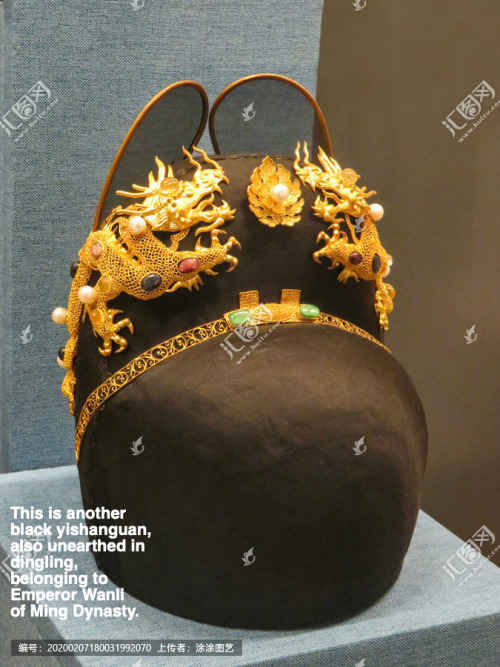
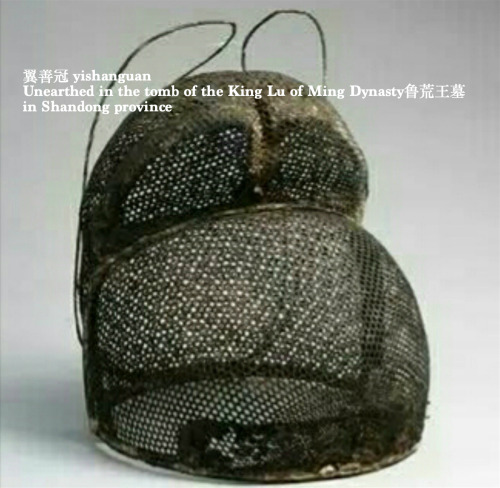

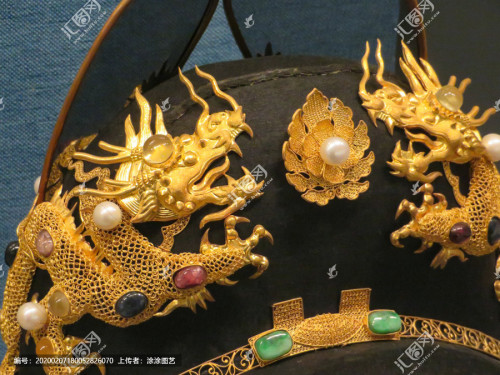

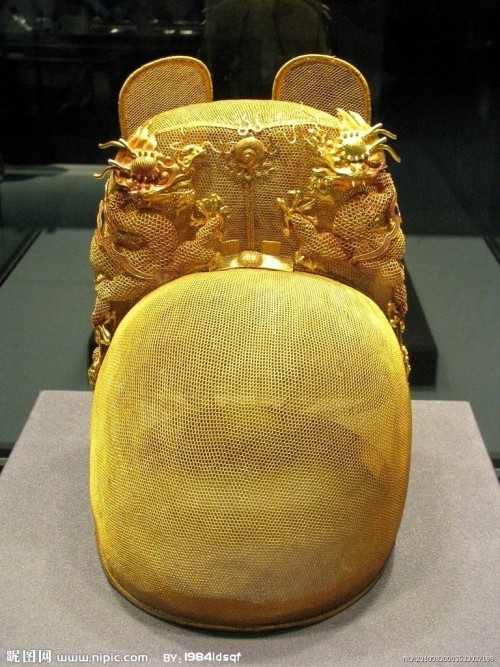
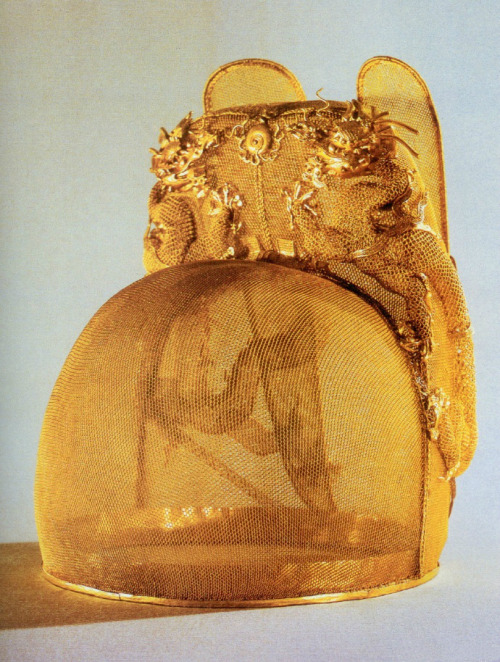


翼善冠yi-shan-guan, a type of hat in Chinese hanfu for ancient emperors and kings.
The term first appeared in Tang Dynasty and invented by Emperor Taizong of Tang. Quotes according to the official records of Tang, Song and Ming Dynasty. “唐贞观中,太宗采古制为翼善冠,自服之。朔望视朝,以常服及帛练裙襦通着之。若服袴褶,又与平巾帻通用。见宋王溥《唐会要.舆服上》﹑《旧唐书.舆服志》。明永乐三年,定皇帝常服冠以乌纱覆之,折角向上,亦名翼善冠。见《明史.舆服志二》。”
The yishanguan also has a corresponding hat of very similar shape in the official class and the commoner class, called wushamao乌纱帽, and in fact the yishanguan can be considered a variant of wushamao.
Actually yishanguan does have another name, called wu-sha-zhe-shang-jin乌纱折上巾, which means a hat made of black gauze with folded wings upward, and that’s what distinguishes it from an ordinary wushamao.
As for the origin of wushamao, it is futou幞头 in the Tang Dynasty. Futou in the Tang Dynasty originates from fujin幅巾 in the Han Dynasty. In the Han Dynasty, people wrapped their heads in a whole pair of soft cloth, so it was called fujin幅巾(It literally means a whole piece of cloth).

Some wushamao without wings, worn by officials, are similar in shape to the Yishanguan worn by the emperor. In Chinese historical dramas and costume dramas, jin-yi-wei锦衣卫, the imperial guards of secret service agent in the emperor’s court often wore this kind of wushamao without wings. And most wushamao have flush, long oval wings. There is a type of wushamao with particularly slender wings that is inherited from the Song Dynasty and is considered more formal.
The pictures below are ancient wushamao from the museums’ collection, as well as portraits of Ming Dynasty officials.


Because jinyiwei锦衣卫 resembles ancient agents, it is very popular among Chinese artists, who often draw characters wearing jinyiwei-style hanfu.

Then again, the following pictures are of Ming emperors wearing yishanguan. These pictures are accurate for reference.



Animated version drawn by 燕王WF

There are some ancient paintings from the Song and Ming dynasties, on which people are wearing various kinds of wushamao.






The above is the brief introduction about yishanguan and wushamao, after that I will also introduce more other types of hanfu hats.
-
 future-viner liked this · 3 weeks ago
future-viner liked this · 3 weeks ago -
 margocooper liked this · 3 weeks ago
margocooper liked this · 3 weeks ago -
 mintbecrazy reblogged this · 3 weeks ago
mintbecrazy reblogged this · 3 weeks ago -
 mintbecrazy liked this · 3 weeks ago
mintbecrazy liked this · 3 weeks ago -
 raammpaggee liked this · 1 month ago
raammpaggee liked this · 1 month ago -
 viktorsbedpartner reblogged this · 1 month ago
viktorsbedpartner reblogged this · 1 month ago -
 strawbebbyboba reblogged this · 1 month ago
strawbebbyboba reblogged this · 1 month ago -
 ionas-idk liked this · 2 months ago
ionas-idk liked this · 2 months ago -
 rhythmofherdrum liked this · 3 months ago
rhythmofherdrum liked this · 3 months ago -
 crispycoffeestudent reblogged this · 3 months ago
crispycoffeestudent reblogged this · 3 months ago -
 justiceandwar98 reblogged this · 3 months ago
justiceandwar98 reblogged this · 3 months ago -
 justiceandwar98 liked this · 3 months ago
justiceandwar98 liked this · 3 months ago -
 ittybi liked this · 3 months ago
ittybi liked this · 3 months ago -
 cqsmic reblogged this · 3 months ago
cqsmic reblogged this · 3 months ago -
 no32557038 liked this · 3 months ago
no32557038 liked this · 3 months ago -
 eclecticcollections2 reblogged this · 3 months ago
eclecticcollections2 reblogged this · 3 months ago -
 eclecticcollections2 liked this · 3 months ago
eclecticcollections2 liked this · 3 months ago -
 sciencetidbitsarchive reblogged this · 3 months ago
sciencetidbitsarchive reblogged this · 3 months ago -
 liebestod-tchai liked this · 3 months ago
liebestod-tchai liked this · 3 months ago -
 lime2342 reblogged this · 3 months ago
lime2342 reblogged this · 3 months ago -
 forgetme-eternally-blissfully reblogged this · 4 months ago
forgetme-eternally-blissfully reblogged this · 4 months ago -
 forgetme-eternally-blissfully liked this · 4 months ago
forgetme-eternally-blissfully liked this · 4 months ago -
 restfulldoll liked this · 4 months ago
restfulldoll liked this · 4 months ago -
 jerzee55z liked this · 4 months ago
jerzee55z liked this · 4 months ago -
 madmax76d reblogged this · 4 months ago
madmax76d reblogged this · 4 months ago -
 madmax76d liked this · 4 months ago
madmax76d liked this · 4 months ago -
 cronostitan liked this · 4 months ago
cronostitan liked this · 4 months ago -
 astat3ofgrac3 reblogged this · 4 months ago
astat3ofgrac3 reblogged this · 4 months ago -
 xolboragainandagain liked this · 4 months ago
xolboragainandagain liked this · 4 months ago -
 savythenillerwaffer liked this · 4 months ago
savythenillerwaffer liked this · 4 months ago -
 sleepystellarsister reblogged this · 5 months ago
sleepystellarsister reblogged this · 5 months ago -
 stepsfrozenintime reblogged this · 5 months ago
stepsfrozenintime reblogged this · 5 months ago -
 annap5hg7 liked this · 5 months ago
annap5hg7 liked this · 5 months ago -
 annamnq7p liked this · 5 months ago
annamnq7p liked this · 5 months ago -
 m0ssba11 liked this · 5 months ago
m0ssba11 liked this · 5 months ago -
 annat4rnh liked this · 6 months ago
annat4rnh liked this · 6 months ago -
 annalgyrg liked this · 6 months ago
annalgyrg liked this · 6 months ago -
 whythiskolaveridiii liked this · 6 months ago
whythiskolaveridiii liked this · 6 months ago -
 annae4ev5 liked this · 6 months ago
annae4ev5 liked this · 6 months ago -
 a-mystic-sheep reblogged this · 6 months ago
a-mystic-sheep reblogged this · 6 months ago -
 unabashedpolicemilkshake liked this · 6 months ago
unabashedpolicemilkshake liked this · 6 months ago -
 annaxdjzq liked this · 6 months ago
annaxdjzq liked this · 6 months ago -
 annita89blciekg8h liked this · 6 months ago
annita89blciekg8h liked this · 6 months ago
